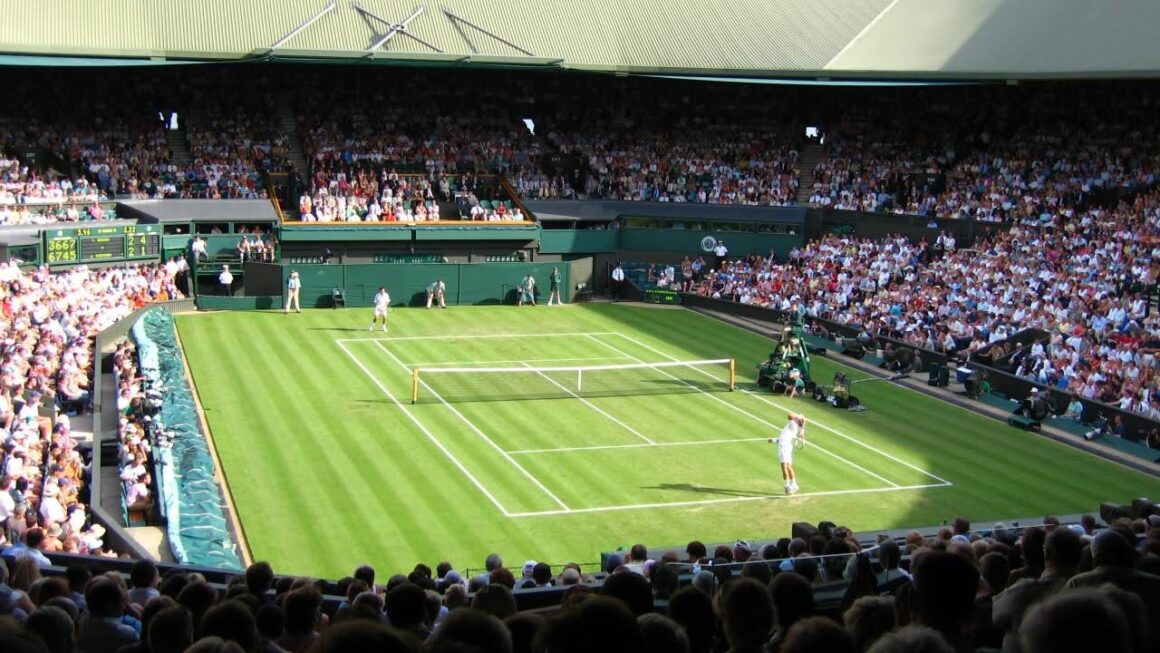Are you enjoying a spectacular year of sport? Followers have already enjoyed some fantastic fixtures and surprise results. The year began with the Australian Open tennis Grand Slam and the Super Bowl. There was also a huge event in the boxing world as Oleksandr Usyk beat Tyson Fury to become the first undisputed world heavyweight champion in 25 years. The Ukrainian won on points, proving too good for The Gypsy King over 12 rounds.
June brought the eagerly anticipated UEFA European Championship in Germany. The host nation opens the show on Friday evening against Scotland in Group A. Germany is a hot favorite, with traders to silence the Tartan Army first, then win Group A and progress to challenge for a fourth European trophy. Will home advantage help drive Germany to glory? You can have your say on the outcome of Euro 2024 at leading sportsbooks from London to the top betting sites in Florida.
When the auction ends in Germany, attention will turn to France for the Paris 2024 Summer Olympics. Team USA is expected to end on the top step and claim the most medals, but they’ll be pushed hard with a competitive renewal guaranteed. With soccer and athletics fans catered for, the 2024 Wimbledon Championship provides tennis lovers with their favorite Grand Slam of the year. Who will win Wimbledon this summer? Carlos Alcaraz has a great chance with the likes of Jannik Sinner and Novak Djokovic, who are expected to challenge.
The summer of sport gives technology lovers plenty to get excited about as the world of tech and sports continues to join forces. We’ve already seen the Video Assistant Referee (VAR) used in soccer games, but which team can we expect to see at Wimbledon? Keep reading as we investigate and provide feedback on our findings.
Hawk-Eye Technology
Hawk-Eye technology has become a cornerstone of modern tennis, and its application at Wimbledon is particularly significant. Introduced in 2007, Hawk-Eye uses a network of high-speed cameras positioned around the court to track the tennis ball’s trajectory. The system can determine whether a ball is in or out with incredible accuracy, providing real-time visualizations of the ball’s path.Players can challenge line calls, and Hawk-Eye provides instant replays on the big screen, ensuring transparency and reducing disputes. This technology has increased the accuracy of line calls and added a strategic element to the game, as players must decide when to use their limited number of challenges.
Google Images Creative Commons Licenses
IBM SlamTracker
IBM SlamTracker is another advanced technology used at Wimbledon to enhance the viewing experience and provide in-depth analysis. SlamTracker leverages data analytics and artificial intelligence to offer real-time insights and statistics during matches. It tracks various performance metrics such as serve speed, rally length, and player movement, presenting the data through dynamic visualizations.
One of SlamTracker’s key features is its ability to analyze historical data to predict player tendencies and key performance indicators (KPIs). For instance, it can identify patterns, such as a player’s preferred serve direction at crucial points. This information is invaluable for commentators, coaches, and fans seeking a deeper understanding of the game.
Electronic Line Calling
In addition to Hawk-Eye, Wimbledon has also implemented electronic line-calling systems. These systems use a combination of cameras and sensors to monitor the court’s boundaries, automatically making line calls with precision. This technology minimizes human error and speeds up the game by reducing interruptions for line-call disputes.
Electronic line calling is particularly beneficial on Wimbledon’s grass courts, where the ball’s speed and low bounce can make it challenging for human line judges to consistently make accurate calls. Wimbledon’s adoption of this technology reflects its commitment to maintaining the highest officiating standards.
Machine Learning
Artificial intelligence (AI) and machine learning are becoming increasingly prominent in tennis, and Wimbledon is at the forefront of this trend. AI-powered tools analyze vast amounts of data from past matches, player performance, and even social media to provide insights and enhance fan engagement.AI is used to generate highlight reels by identifying the most exciting moments of a match. This capability is particularly useful given the volume of matches played during the tournament. AI can quickly sift through footage, recognizing significant points, player reactions, and crowd responses to create compelling highlights that can be shared across digital platforms.
Player Tracking Technology
Player tracking technology has revolutionized how performance is analyzed in tennis. At Wimbledon, advanced tracking systems use a combination of cameras and sensors to monitor player movements, shot selection, and court positioning. This data provides a wealth of information on player fitness, strategy, and efficiency.
Coaches and players use this data to fine-tune training regimens and match strategies. For instance, tracking data can reveal a player’s movement patterns, highlighting areas where they may be losing efficiency or showing signs of fatigue. This information is crucial for making real-time adjustments during matches and long-term improvements in player performance.
Smart Court Technology
Smart court technology is another innovative addition to Wimbledon. These courts are equipped with sensors and cameras that provide detailed analysis of every aspect of the game. It includes ball speed, spin rate, bounce height, and player movements.
Smart courts offer real-time feedback to players and coaches, allowing them to make immediate adjustments. They also enhance the fan experience by providing detailed statistics and visualizations during broadcasts. This technology is particularly useful for training sessions, as players can receive instant feedback on their performance.
Digital Fan Engagement
Wimbledon has also embraced digital technology to enhance fan engagement. The official Wimbledon app and website provide real-time updates, live scores, and interactive features that keep fans connected to the tournament. During the COVID-19 pandemic, these digital platforms became even more critical as they allowed fans to experience the tournament virtually.
Innovations such as virtual reality (VR) and augmented reality (AR) have also been explored to bring fans closer to the action. VR experiences can offer a courtside view of matches, while AR features can provide interactive overlays of match statistics and player information during broadcasts.

